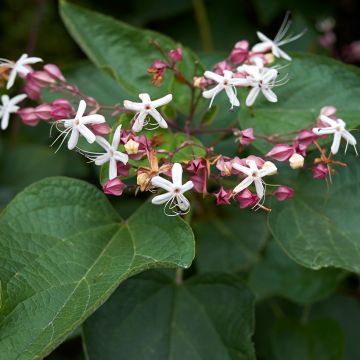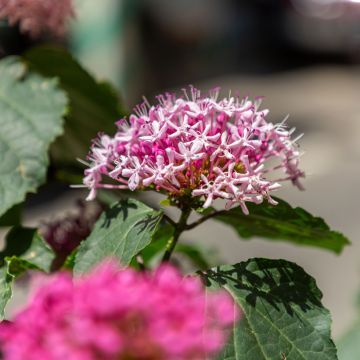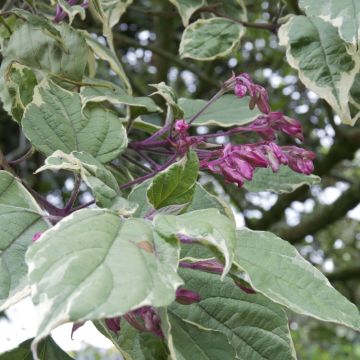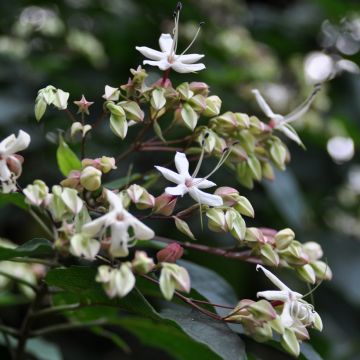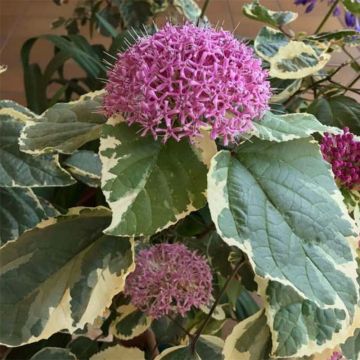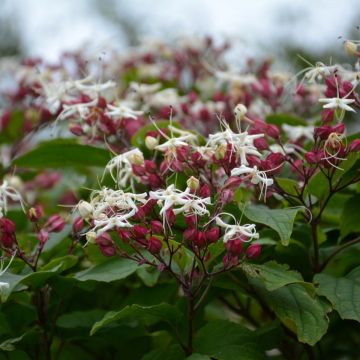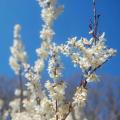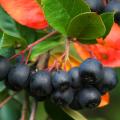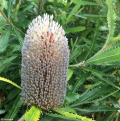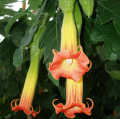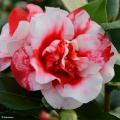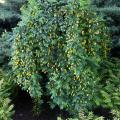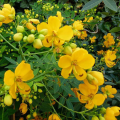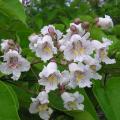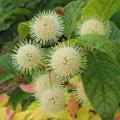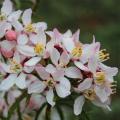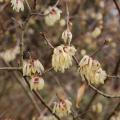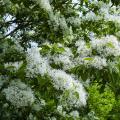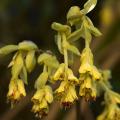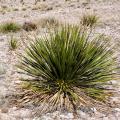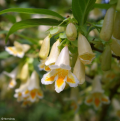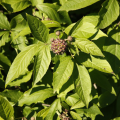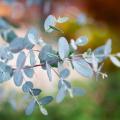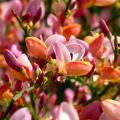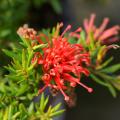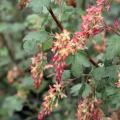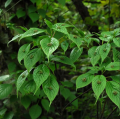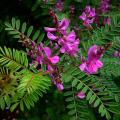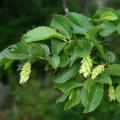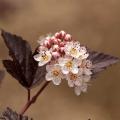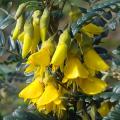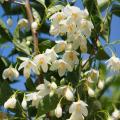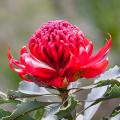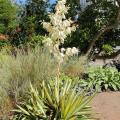Clerodendrum
Does this plant fit my garden? Set up your Plantfit profile →
Available in 2 sizes
Available in 2 sizes
Available in 1 sizes
Available in 2 sizes
Available in 2 sizes
Available in 1 sizes
Clerodendrum bungei, also known as Glory flower, is a bush unfortunately underused in our gardens despite its superb pink and fragrant flowers in late summer that attract butterflies. This flowering is followed by pretty dark blue berries. It is a beautiful bush that is suitable for both naturalistic-inspired flower beds and flowering hedges.
Clerodendrum trichotomum, also called Harlequin glorybower, is a bush with an exotic appearance and exceptional fragrant autumn flowering. This flowering is followed by a profusion of turquoise berries set in a bright pink case. Eventually, the plant forms a large airy bush with a rounded shape that can reach a height of 4m (13ft). It can also be trained as a small tree on a stem. The young branches are pubescent, which distinguishes it from the other hardy species of the Clerodendrum bungei genus.
Clerodendrums are grown in full sun or partial shade in any moist but well-drained soil as the two things they dislike are heavy soils saturated with water in winter and excessively hot summers. C. trichotomum is slightly more hardy (-15°C (5°F)) than its cousin C. bungei (-10°C (14°F)) but both regenerate from the base in spring when the aboveground parts have died back. They flower on the current year's wood, so they should be pruned in early spring by cutting the stems very low.
Haven't found what you were looking for?







































